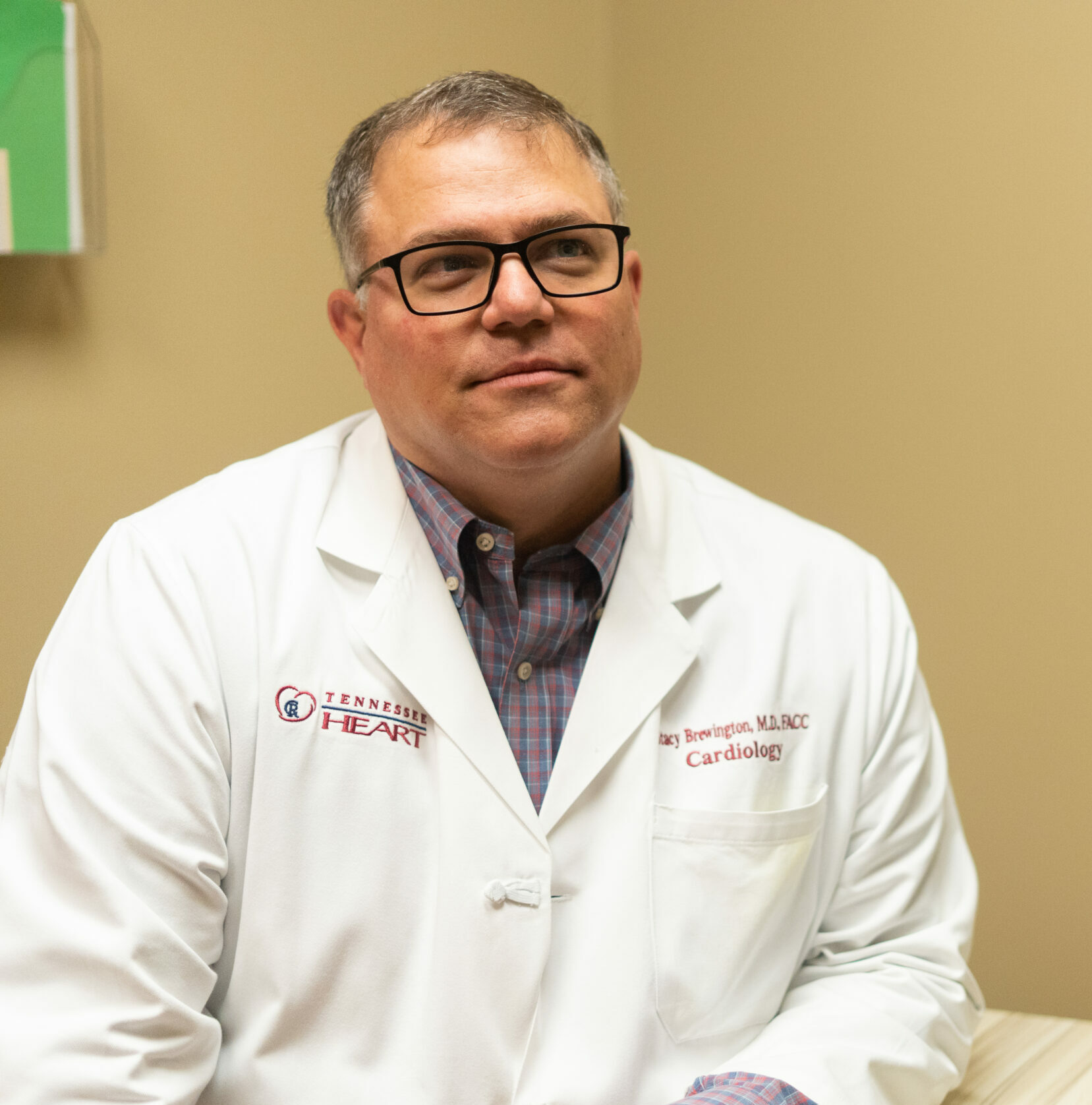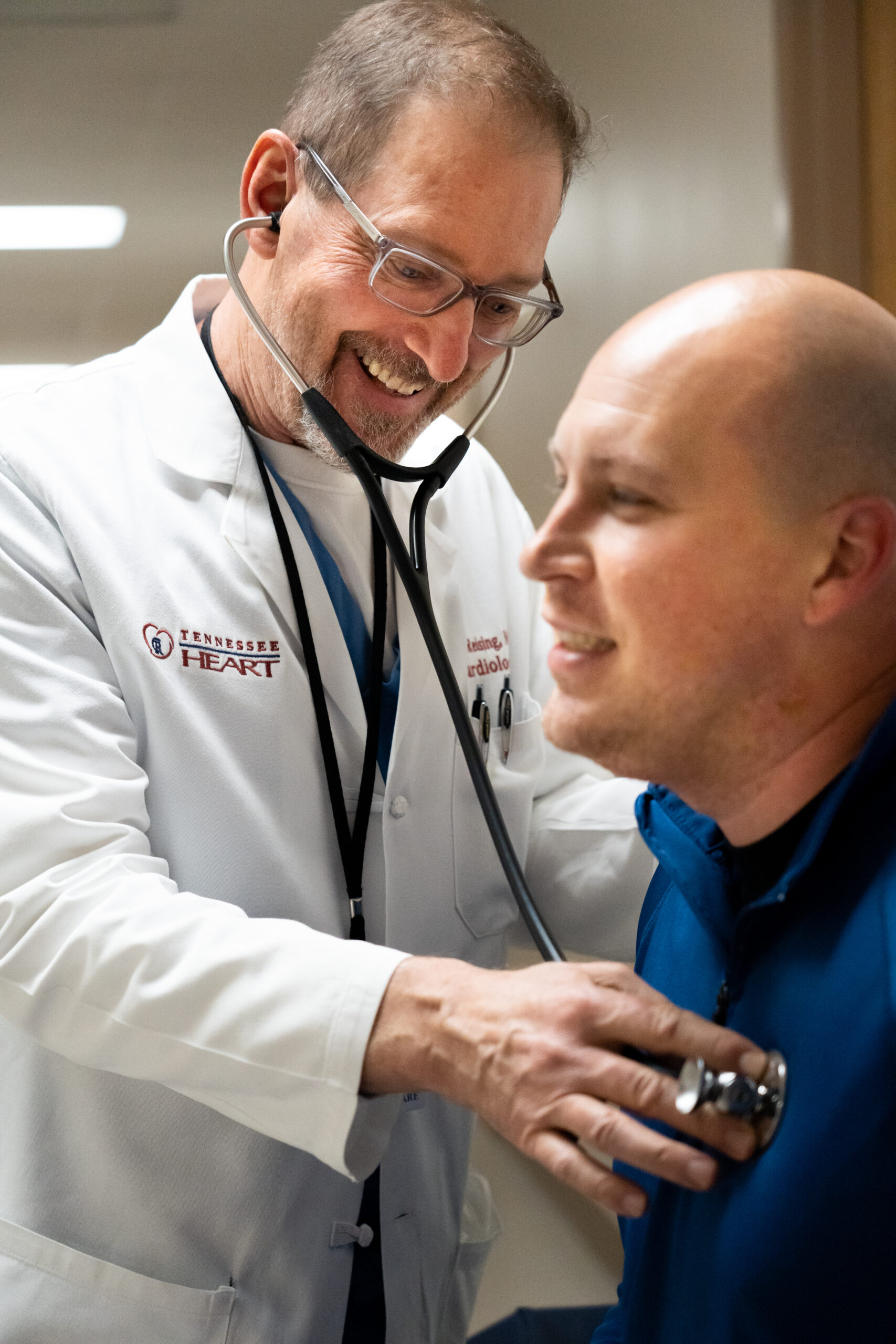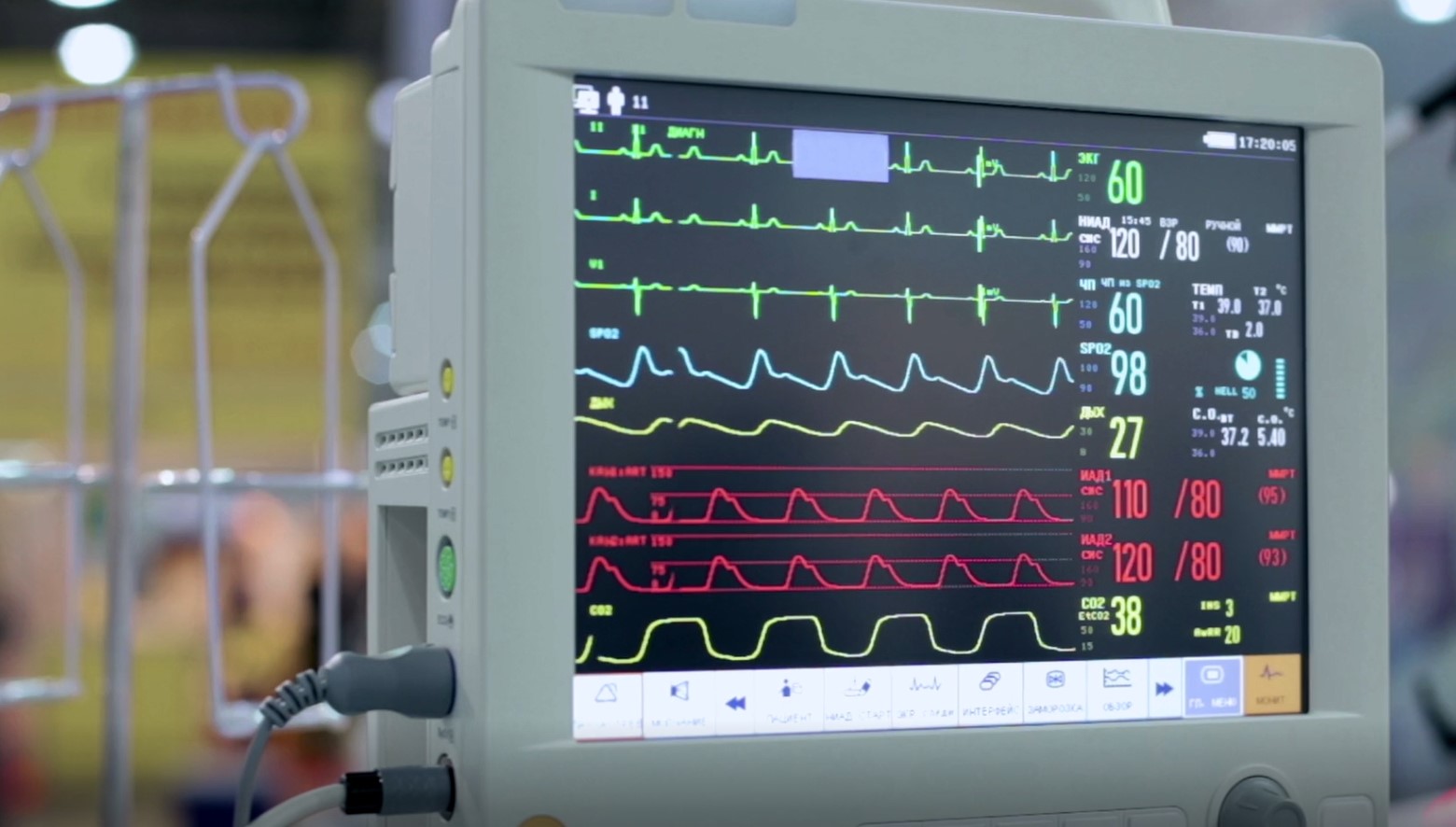EDUCATION
Learn the signs and symptoms of
a heart attack and how time is
important when it comes to
saving lives.
Symptoms
BOTH MEN AND WOMEN MAY EXPERIENCE ONE OR MORE OF THE FOLLOWING SYMPTOMS:
- Chest discomfort: Discomfort in center of chest lasting more than a few minutes – or it could go away and come back; uncomfortable pressure, squeezing, fullness or pain
- Discomfort in other areas of the upper body: Pain or discomfort in one or both arms, the back, neck, jaw or stomach
- Shortness of breath: May occur with or without discomfort
- Other signs: Breaking out in a cold sweat, nausea or light-headedness

What may be different for women and diabetics?
As with men, women’s most common heart attack symptom is chest pain or discomfort. But women are somewhat more likely than men to experience some of the other common symptoms, particularly shortness of breath, nausea/vomiting and back or jaw pain. Diabetics are also more likely to experience the other common symptoms since they most often experience NO CHEST PAIN and have what is known as “silent,” or pain-free, heart attacks.
MINUTES MATTER! CALL 9-1-1!
Do not drive yourself – EMS personnel can begin lifesaving treatment right away and determine if you are having a heart attack so that they can notify the hospital en route.
Early Heart Attack Care (EHAC)
Early Heart Attack Care (or EHAC) education teaches you to recognize the early signs and symptoms of a heart attack. We want you to become an active bystander so you can save a life – even if it’s yours.
About 750,000 people in the U.S. have heart attacks each year. Of those, about 116,000 die. Many of these patients experienced early symptoms.
Learn the EARLY SIGNS & SYMPTOMS
Someone might have one or more of these common symptoms. When they start, they can be mild or come and go. Over time, the symptoms and pain become more intense. Stay alert and always pay attention to chest pressure.
Symptoms include:
- Feeling of fullness
- Chest pressure, squeezing, aching or burning
- Shortness of breath
- Back pain
- Nausea or vomiting
- Anxiety
- Excessive fatigue or weakness
- Jaw pain
- Pain that travels down one or both arms
Here is more education from the American College of Cardiology about early heart attack care.
Our hands can do so many things, the most important of which may be saving someone’s life. Read about hands-only CPR here.

Did you know?
Most heart damage can occur within the first two hours of a heart attack. EHAC encourages you to know the subtle signs of a heart attack and act on them – BEFORE HEART DAMAGE OCCURS.
What are the risk factors?
These are the general risk factors. Discuss your risk with your doctor.
- Chest pain, pressure, burning, aching or tightness – it may come and go
- A family history of cardiovascular disease
- High blood pressure
- Overweight or obese
- Sedentary lifestyle
- Using tobacco products
- Metabolic disease, diabetes or other illnesses
- For women it can also include birth control pills, a history of pre-eclampsia, gestational diabetes or having a low birth weight baby

What is the difference between men and women’s symptoms of heart attack?
Why does it matter? Women may be less likely to seek immediate medical care which can cause more damage to the heart.
- Men normally feel pain and numbness in the left arm or side of chest, but in women, these symptoms may appear on the right side.
- Women may feel completely exhausted, drained, dizzy or nauseous.
- Women may feel upper back pain that travels up into their jaw.
- Women may think their stomach pain is the flu, heartburn or an ulcer.
What are atypical presentations?
In an atypical presentation, the signs and symptoms are different. The patient may not complain about pain or pressure in the chest.
Be alert for the following:
- A sharp or “knife-like” pain that occurs with coughing or breathing.
- Pain that spreads above the jawbone or into the lower body.
- Difficult or labored breathing